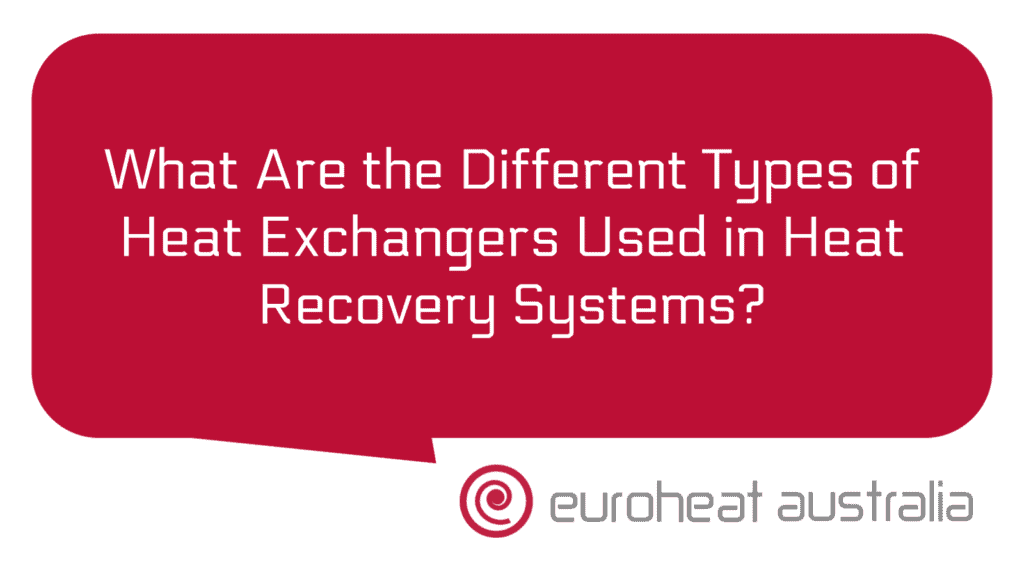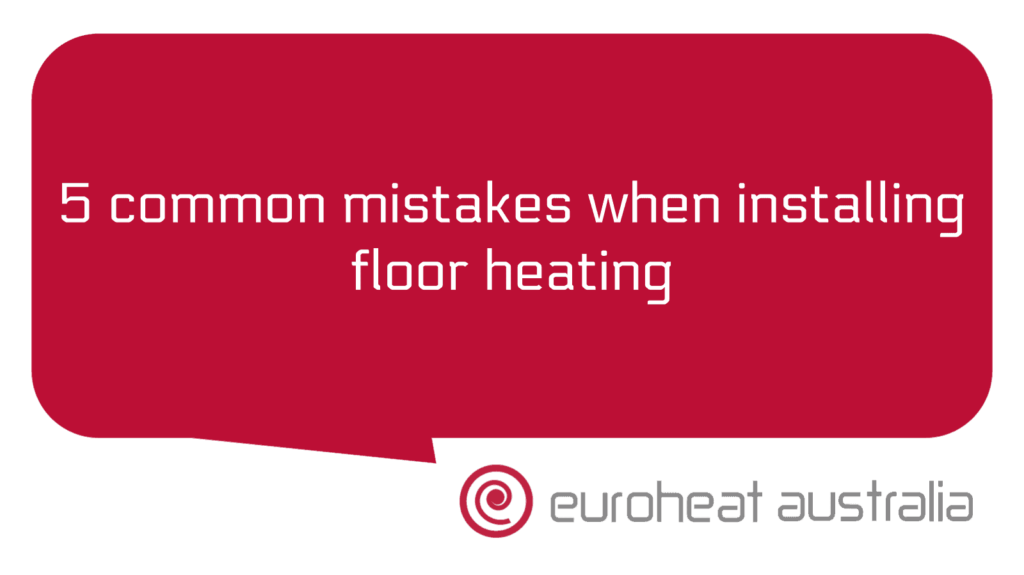When it comes to energy efficiency at home, heat recovery systems can be a great way to save money and reduce your energy consumption. With the right type of heat exchanger, you can capture the energy from your hot water and use it to heat or cool your home. This means you don’t have to use as much power for heating or cooling and can reduce your bills.
There are many different types of heat exchangers used in heat recovery systems and each one has its own advantages. Let’s take a look at some of the most common types, so you can decide which is best for your home.
The most basic type of heat exchanger is a plate-and-frame exchanger. This is a simple system that consists of two plates with a frame around them that holds them together. The plates are usually made from stainless steel or other corrosion-resistant materials and they contain channels through which hot water passes. The two plates are connected by tubes that allow the hot water to flow between them, transferring the heat from one plate to the other. While this type of exchanger is relatively inexpensive and easy to install, it doesn’t provide as much efficiency as other types.
Another type of heat exchanger commonly used in heat recovery systems is called a shell-and-tube exchanger. This system has multiple tubes arranged inside a larger outer shell, with hot water flowing through the tubes and colder water flowing through the shell around them. The tubes act like radiators, transferring their heat into the surrounding air before dissipating it into the colder air in the outer shell. This system is more efficient than plate-and-frame models but also more expensive and difficult to install correctly.
One of the most efficient types of heat exchangers available is called a crossflow exchanger. In this system, two different flows of liquid pass through each other without actually mixing together – almost like two streams crossing each other without touching. This allows for maximum transfer of thermal energy between both streams while minimizing energy loss due to mixing or evaporation. Crossflow exchangers are also relatively easy to install but they tend to be more expensive than other types due to their complexity and efficiency levels.
Finally, there are variable flow rate (VFR) systems which combine several different types of exchangers into one unit for greater efficiency levels at varying temperatures and flow rates. These systems consist of several different layers which act like radiators, allowing for maximum thermal exchange between both gases or liquids while using minimal amounts of energy loss due to mixing or evaporation. VFR systems tend to be more expensive than other types but offer superior performance due to their ability to adjust easily depending on temperature changes in both streams being exchanged across them – making them ideal for efficient heating or cooling applications in homes with varying temperatures throughout the day or year!
No matter what type you choose, installing a heat recovery system with an appropriate exchange will help reduce your energy consumption significantly – up to 70% – leading not only to lower bills but also fewer emissions into the environment! At Euroheat Australia we have been designing & constructing hydronic heating & cooling systems with 30 years experience and our design & installation services ensure that you get maximum efficiency from your chosen system every time – so why not give us a call today?





